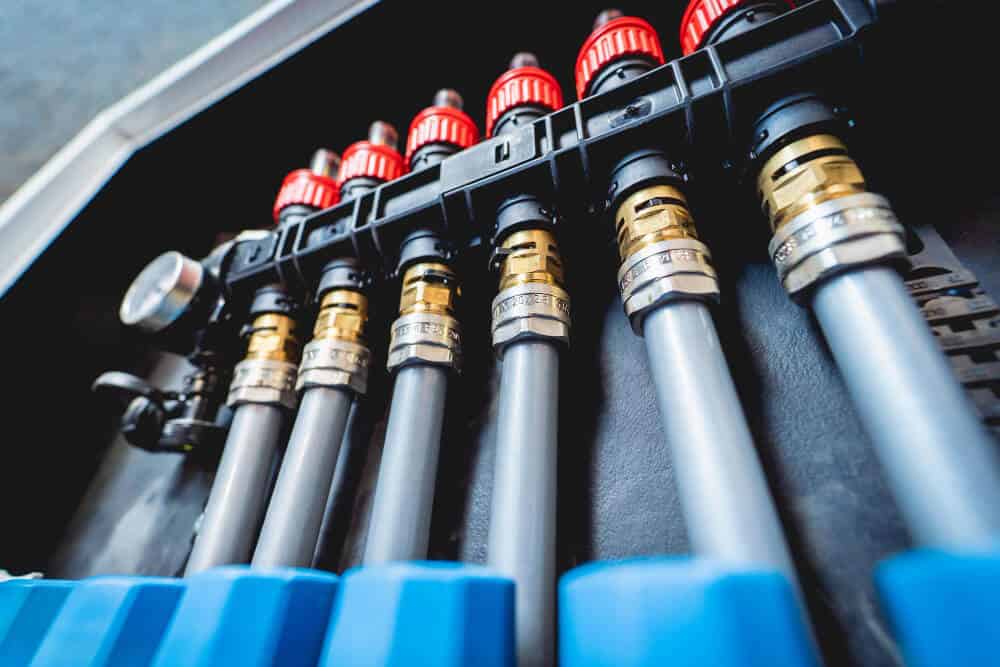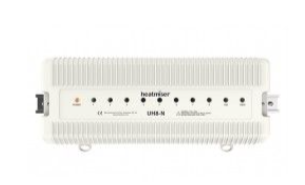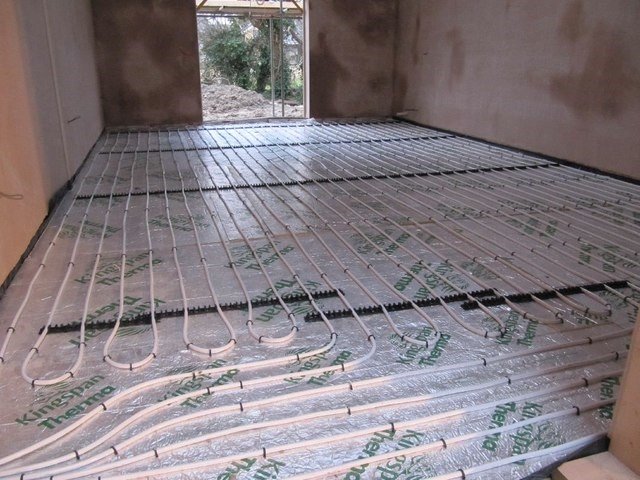
If you’re asking yourself the question, “how does underfloor heating work?” you are in the right place. The team at Underfloor Heating Trade Supplies have put together this informative guide to explain in simple terms how underfloor heating actually works without any of the complicated, unnecessary jargon you might find in other guides.
The basic principle behind underfloor heating is that heat rises. Warm air circulates through ducts or pipes underneath the flooring and then expelled into the room. Homeowners often use this type of heating in conjunction with a central heating system to provide additional warmth, particularly in colder climates. So, if you’ve ever been curious about the ins and outs of underfloor heating, or you want to learn more before you take the plunge and install your own system, continue reading.
Key components of the system
Every machine has to have the right cogs to work, and underfloor heating systems are no different. Therefore, having the right components is vital for the smooth running of any heating system, and understanding which parts do what is important if you have a UFH system under your floorboards. This will make it easier to maintain the system and to explain what has gone wrong if your system stops working or malfunctions.
Manifold | The manifold is responsible for distributing warm water round a wet underfloor heating system. Water is fed from a boiler or heat pump into each pipe at a set flow rate. Read more: Everything You Need to Know About Manifolds |  |
Piping | Underfloor heating pipe is a necessity for all wet systems. Piping carries the water around the system. |  |
Wiring Centre | Wiring centres connect to all the elements of your system – your actuator, pump, and boiler – which allows them to be wired from a single point. |  |
Thermostat | The thermostat is vital for getting the most out of your system. It allows you to have complete control over which zones are heated and when. Read more: Underfloor heating controls explained |  |
How does underfloor heating work?
Underfloor heating works by circulating warm water through a system of pipes that you lay under the floor. The water is heated by a boiler or heat pump and then circulated through the pipes. The heat from the water radiates up through the floor.
Underfloor heating systems typically consist of three main components: a heat source, a distribution system, and a control system[i].
. The heat source is usually a boiler or a heat pump. The boiler produces hot water, which it then circulates through a network of pipes by the distribution system. The underfloor heating control unit regulates the temperature of the space and determines when the underfloor heating should be turned on and off.
There are two main types of underfloor heating systems: wet and electric. Wet systems circulate warm water through the tubing, while electric systems use electrical resistance to heat the tubing. Both types of systems are effective and you can use them to heat a variety of spaces, including living rooms, bedrooms, kitchens, and bathrooms.
Underfloor heating FAQs

There are a lot of questions surrounding how underfloor heating works. These FAQs should give you the answers you need.
Is underfloor heating connected to a boiler?
Underfloor heating is usually connected to a boiler. The boiler heats up water and circulates it through a series of pipes in the floor. The heat from the pipes then warms up the floor, which in turn heats up the room. You can also connect the system to a heat pump. Electric systems do not connect to the boiler.
Do you leave underfloor heating on all the time?
room is always warm and comfortable. It’s important to make sure that your room is well insulated so that the heat doesn’t escape.
Should you turn off underfloor heating in the summer?
No, you don’t need to turn off underfloor heating in the summer. In fact, it can be beneficial to leave it on as it will help to regulate the temperature in your home. If you do want to turn it off, you can set the timer so that it only comes on when you need it.
How do you control underfloor heating?
Most underfloor heating systems come with a thermostat that you can use to control the temperature. You can also buy separate thermostats that you can install yourself. Some thermostats even allow you to set a schedule so that the heating only comes on when you need it.
Underfloor heating thermostats usually come with a wireless receiver so that you can control them from anywhere in the room. Other controls include timers, temperature sensors, and manual controls. You can also get apps that allow you to control your underfloor heating from your smartphone.
How does underfloor heating compare to other types of heating?
Underfloor heating is more efficient than other types of heating, such as radiators and convection heaters. This is because it doesn’t rely on convection to circulate heat, so there are no cold spots in the room. It is also less expensive to run than other types of heating.
Is underfloor heating more efficient?
Yes, underfloor heating is more efficient than other types of heating. This is because it doesn’t rely on convection to circulate heat, so there are no cold spots in the room. Also, it is less expensive to run than other types of heating.
Underfloor heating is an efficient and comfortable way to heat your home. It can be installed in new or existing homes, and there are a variety of systems available to fit your needs. If you’re interested in installing underfloor heating in your home, contact a qualified professional to get started.
Sources
[i] https://www.nu-heat.co.uk/blog/underfloor-heating-controls/
